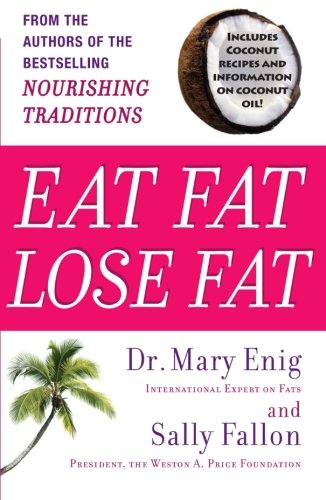Recently by Mark Sisson: Medical T.V. Is Bad for Your Health
There’s been a lot of news from the Pharma realm these last few weeks. As you all know, I make a point of passing this kind of thing along…. Given the massive role pharmaceutical drugs play in our society’s conventional health care, I like to keep on top of the developments. Speaking of “massive,” first there’s news from the National Center for Health Statistics, which released a report measuring trends in prescription drug use and cost in the last decade. Between 1999 and 2008, prescription drug use rose in all age categories, as did the number of people taking multiple prescriptions. Approximately 88% of people over the age of 60 take one or more prescription medications on a regular basis. A whopping 66% use five or more prescriptions. Not surprisingly, cholesterol-lowering medications topped the list for this age group. In those 20—59, the most popular prescription was antidepressants. In children, 22% take a prescription drug, most commonly asthma medication. In the teenage category, the number jumps to 30%, with ADD/ADHD related meds first on the list.
 The Primal Blueprint: ...
Best Price: $1.25
Buy New $4.70
(as of 12:45 UTC - Details)
The Primal Blueprint: ...
Best Price: $1.25
Buy New $4.70
(as of 12:45 UTC - Details)
Not surprisingly, what we shelled out for Pharma products soared as well. Already taking inflation into account, Americans in 2008 spent more than twice ($234 billion) what they did in 1999 ($106.4 billion). Against this backdrop, we also learned that two popular prescription drugs were shown to actually cause the very problems they prescribed to prevent. Telling stories and statistics, I’d say. What’s more sobering, however, are a number of recent publications that illuminate the cultural and financial underbelly of the pharmaceutical industry as a whole. I think you’ll find it thought-provoking.
 Eat Fat, Lose Fat: The...
Best Price: $1.12
Buy New $6.89
(as of 10:40 UTC - Details)
Eat Fat, Lose Fat: The...
Best Price: $1.12
Buy New $6.89
(as of 10:40 UTC - Details)
For those of you who have joined us recently, let me mention a few things first. I’m not against medication. In fact, I wholeheartedly support it when it genuinely and distinctively serves the critical health of an individual. I love living Primally, but I’m firmly planted in the modern age and appreciate its myriad of benefits. A number of us (and our loved ones), I know, wouldn’t be here without the help of medication at some point. When I refer to Big Pharma, I’m not referring to that worthy aim. I’m addressing instead the machinery that’s been built up around what should be a straightforward, transparent medical enterprise — a machinery that too often exploits and subverts the essential therapeutic purpose essential medication should serve. I’ve written before about underreported issues like manipulated statistics, off-label marketing, questionable research standards, and the FDA’s minimal reach. It’s not about mass conspiracy. These are simply the facts. I, for one, believe knowledge is power. You as a reader can choose what to do with it.
 Fat and Cholesterol ar...
Best Price: $24.48
Buy New $40.96
(as of 10:55 UTC - Details)
Fat and Cholesterol ar...
Best Price: $24.48
Buy New $40.96
(as of 10:55 UTC - Details)
That’s why I appreciated a recent article in The Chronicle of Higher Education that a friend in the academe sent me a few weeks ago. Author Carl Elliott takes on “The Secret Lives of Big Pharma’s ‘Thought Leaders’” by revealing the staffing strategies pharmaceutical companies employ. The article focuses especially on the “key opinion leaders” (KOL’s), who Elliott describes as “a combination of celebrity spokesperson, neighborhood gossip and the popular kid in high school.” Within their academic circles, Elliott says, these big name researchers and practitioners have the professional clout to create inroads for the Pharma companies with their medical colleagues. Although the Pharma companies paint the KOLs role as “education,” their more strategic job is infiltration.





